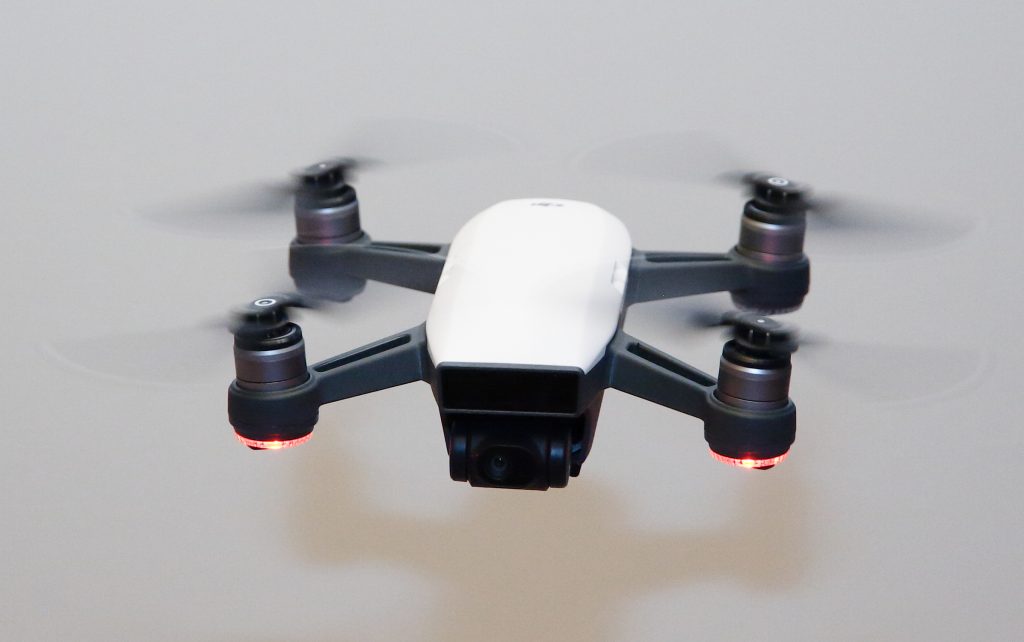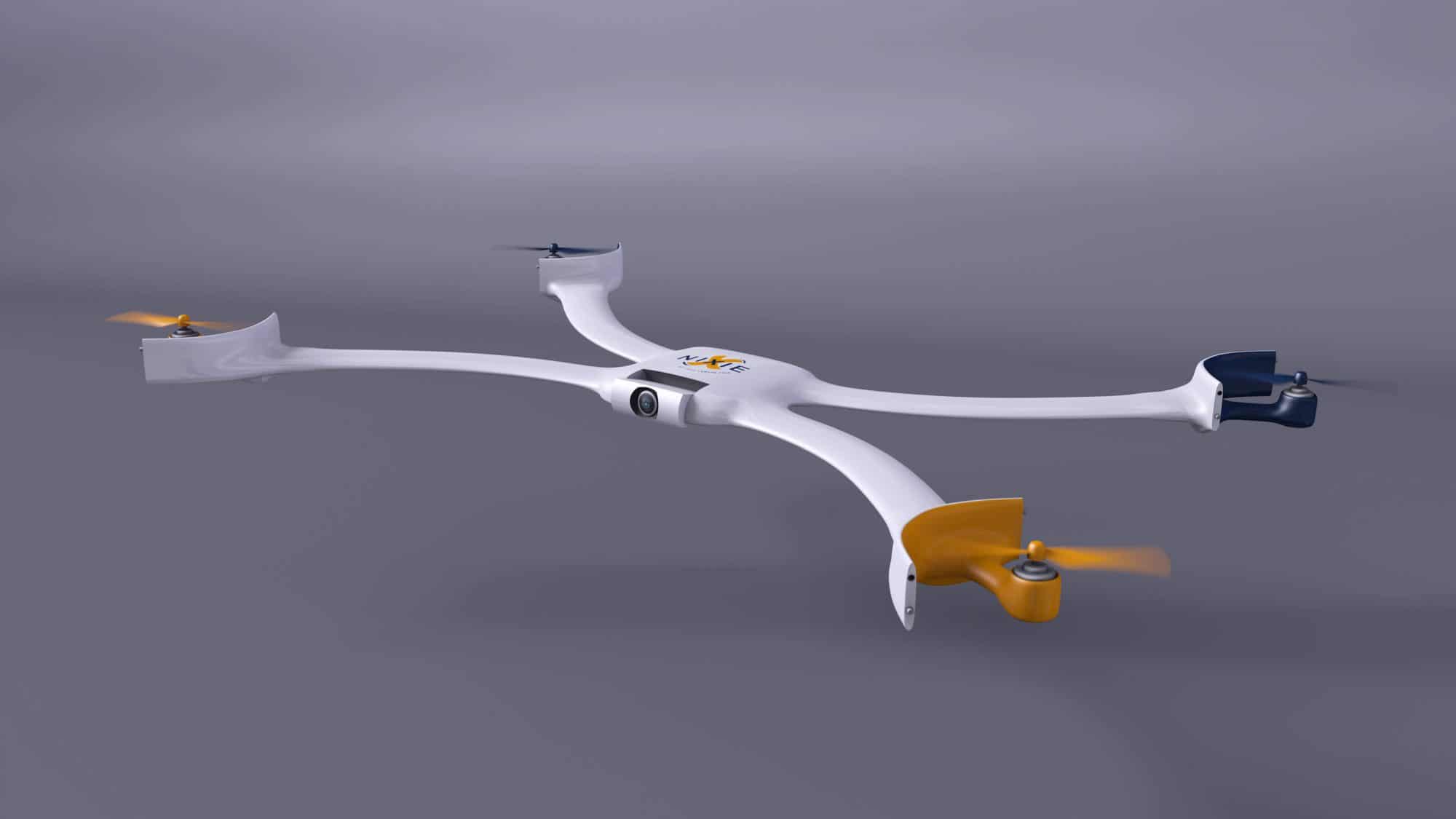Preethika loves fancy shots with amazing scenery in the background. Well, who doesn’t? So, a couple of months before our 10 day trip to Thailand, we decided to buy a drone. Of course we knew that it was illegal to fly a drone in India, but we knew many who owned and used one, so why not try our luck? So we did.
We decided to buy one from AliExpress, learn out to use it properly before buying the awesome DJI Spark (read that as stop banging the drone here and there and to learn to make reasonably decent videos!). Logged in, bought one and forgot about it, as we usually do with AliExpress orders. Long story short, our drone landed in Chennai a week before our trip and got stuck with the customs and it was the end of that.

Why am I saying all this now? Looks like we will be able to “legally” fly a drone in India and fly it as I please (with a few restrictions of course) after all. The Civil Aviation Ministry of India has, for the first time ever, drafted rules and regulations for using drones in India, and the rules are pretty progressive to say the least. Yay!
So here are a few key points you should know, if you are as excited as we are, to fly a drone in India, legally.
6 things to know before you decide to buy or fly a drone in India
- The Civil Aviation Ministry has categorised drones into 5 types: nano, micro, mini, small and large, and the weights of these drones range from lesser than 250g to 150kg.
- The smallest ones, the nano drones (less than 250g) don’t require any sort of security clearance whatsoever. The DJI Spark, which is the smallest decent quadcopter around and a device favoured by most travel bloggers weighs a tad more at 300 grams.
- If you do decide to buy the DJI Spark (that includes us for sure), you will have to submit an approval request for the use of drones belonging to the Micro category (250g to 2kg). The ministry mentions that responses for such submissions will be declared in roughly two days, which appears to be too good to be true.
- Here’s the catch though. These approvals are constrained to a single location. Hence, for different regions, you need separate air defense clearances.
- As if that wasn’t enough, here’s more. If the drone’s height regulation is under 200 feet, it can be flown without any clearance once registered. For anything over 200 feet, you would need a clearance every single time you want to fly a drone.
- The document states that accepted operations for drones include activities like photography, filmmaking, etc apart from a few others, so that’s amazing news for travel bloggers. Yay!
This document is still in its draft stage, so we’ll have to wait to see what the final outcome is. However, it is but obvious that the Indian Govt. is moving in the right direction. Fellow nomads and wanderers, this is good enough news for the day, don’t you think?
